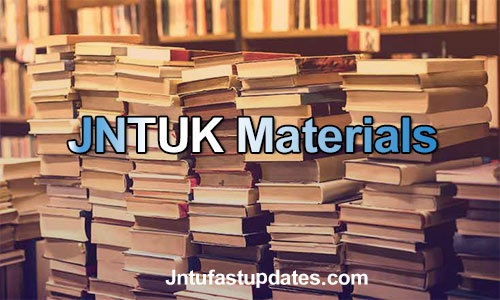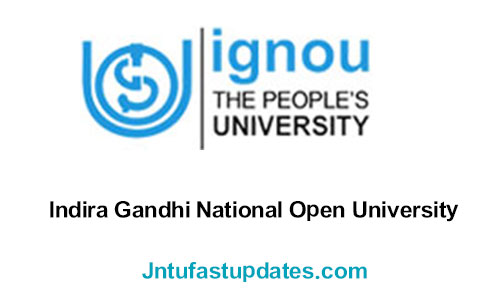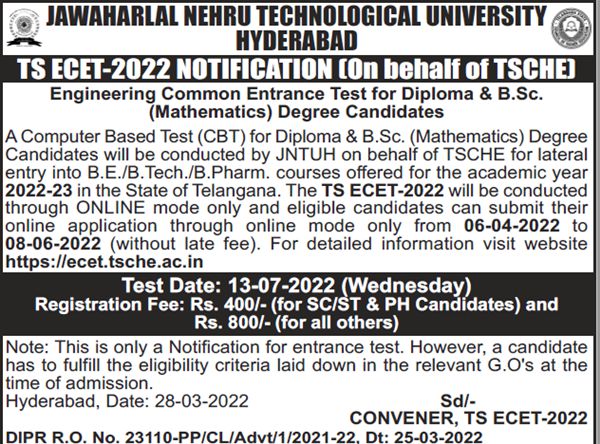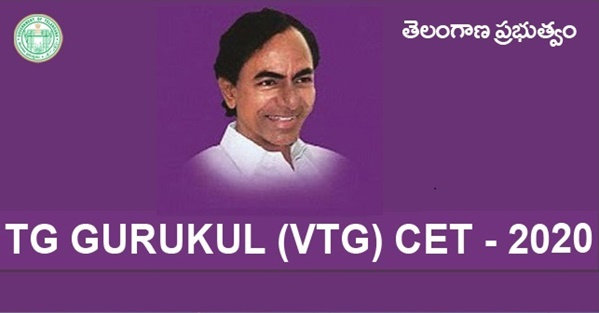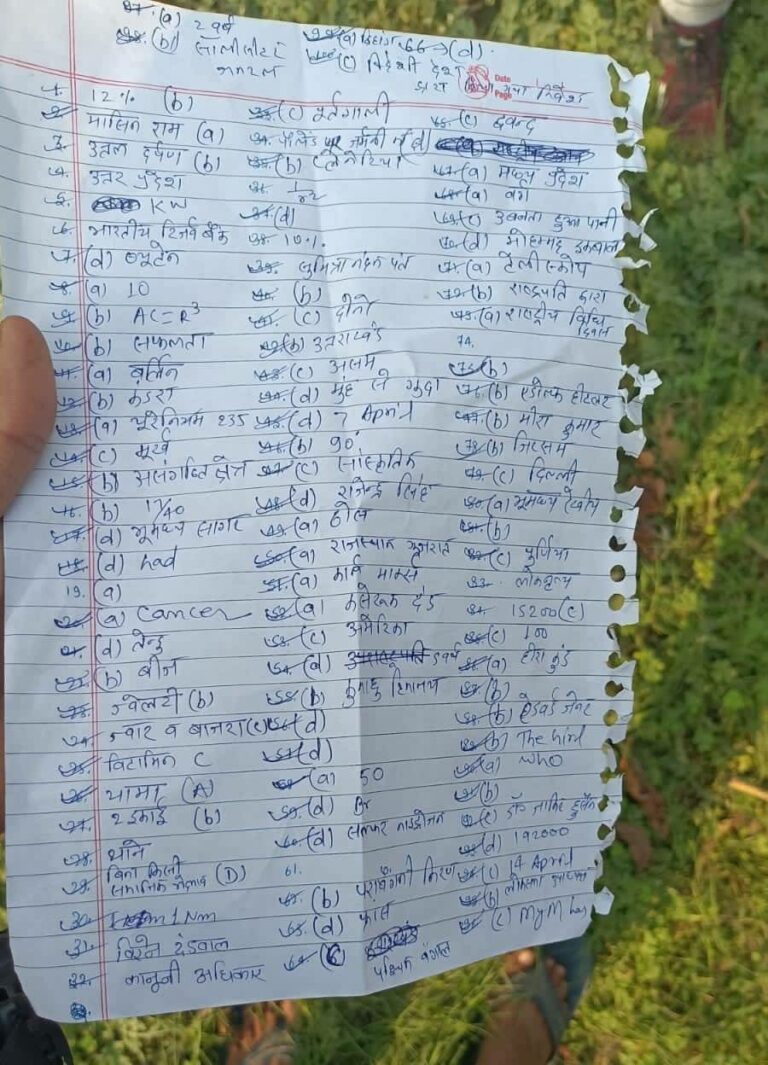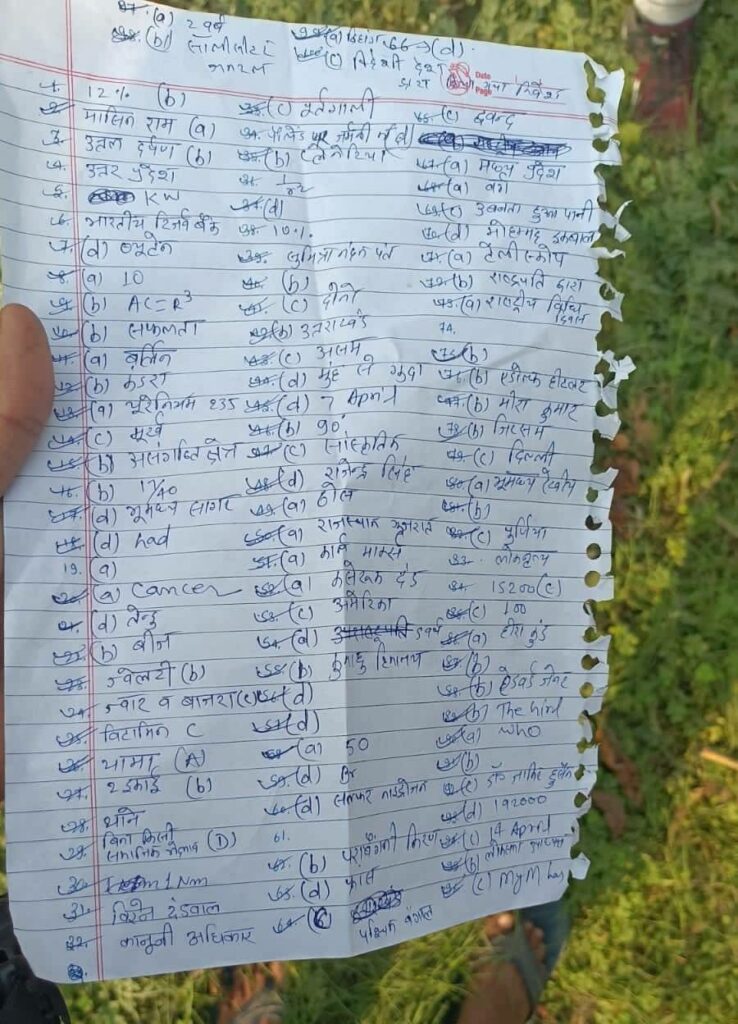JNTUK R20 2-2 Complex Variables & Statistical Methods Material PDF Download
Students those who are studying JNTUK R20 Mechanical Branch, Can Download Unit wise R20 2-2 Complex Variables & Statistical Methods (CV&SM) Material/Notes PDFs below.

JNTUK R20 2-2 Complex Variables & Statistical Methods Material PDF Download
OBJECTIVES:
- To familiarize the complex variables.
- To familiarize the students with the foundations of probability and statistical methods.
- To equip the students to solve application problems in their disciplines.
UNIT-1
Functions of a complex variable and Complex integration: Introduction – Continuity – Differentiability – Analyticity – Properties – Cauchy-Riemann equations in Cartesian and polar coordinates – Harmonic and conjugate harmonic functions – Milne – Thompson method. Complex integration: Line integral – Cauchy’s integral theorem – Cauchy’s integral formula – Generalized integral formula (all without proofs).
UNIT-2
Series expansions and Residue Theorem: Radius of convergence – Expansion in Taylor’s series, Maclaurin’s series and Laurent series. Types of Singularities: Isolated – pole of order m – Essential – Residues – Residue theorem ( without proof) – Evaluation of real integral of the type f x dx
UNIT-3
Probability and Distributions: Review of probability and Baye’s theorem – Random variables – Discrete and Continuous random variables – Distribution function – Mathematical Expectation and Variance – Binomial, Poisson, Uniform and Normal distributions.
UNIT-4
Sampling Theory: Introduction – Population and samples – Sampling distribution of Means and Variance (definition only) – Central limit theorem (without proof) – Introduction to t, 2 and F-distributions – Point and Interval estimations – Maximum error of estimate.
UNIT-5
Tests of Hypothesis: Introduction – Hypothesis – Null and Alternative Hypothesis – Type I and Type II errors – Level of significance – One tail and two-tail tests – Tests concerning one mean and two means (Large and Small samples) – Tests on proportions.
TEXT BOOKS:
- B. S. Grewal, Higher Engineering Mathematics, 43rd Edition, Khanna Publishers.
- Miller and Freund’s, Probability and Statistics for Engineers, 7/e, Pearson, 2008.
REFERENCE BOOKS:
- S. C. Gupta and V. K. Kapoor, Fundamentals of Mathematical Statistics, 11/e, Sultan Chand & Sons Publications, 2012.
- Jay l. Devore, Probability and Statistics for Engineering and the Sciences, 8th Edition, Cengage.
- Shron L. Myers, Keying Ye, Ronald E Walpole, Probability and Statistics Engineers and the Scientists, 8th Edition, Pearson 2007.
- Sheldon, M. Ross, Introduction to probability and statistics Engineers and the Scientists, 4th Edition, Academic Foundation, 2011
OUTCOMES:
- apply Cauchy-Riemann equations to complex functions in order to determine whether a given continuous function is analytic (L3)
- find the differentiation and integration of complex functions used in engineering problems (L5)
- make use of the Cauchy residue theorem to evaluate certain integrals (L3)
- apply discrete and continuous probability distributions (L3)
- design the components of a classical hypothesis test (L6)
- infer the statistical inferential methods based on small and large sampling tests (L4)

320-x100(1).gif)
